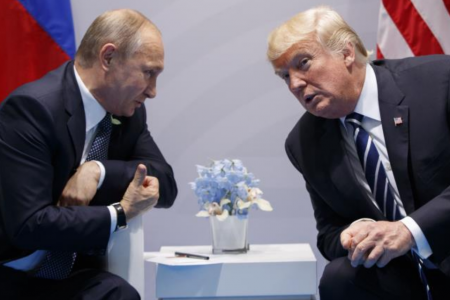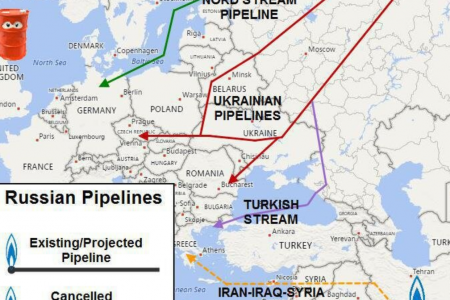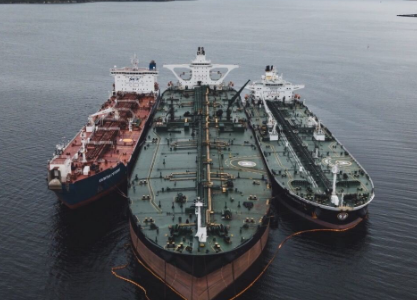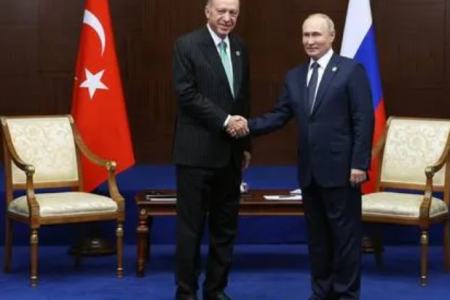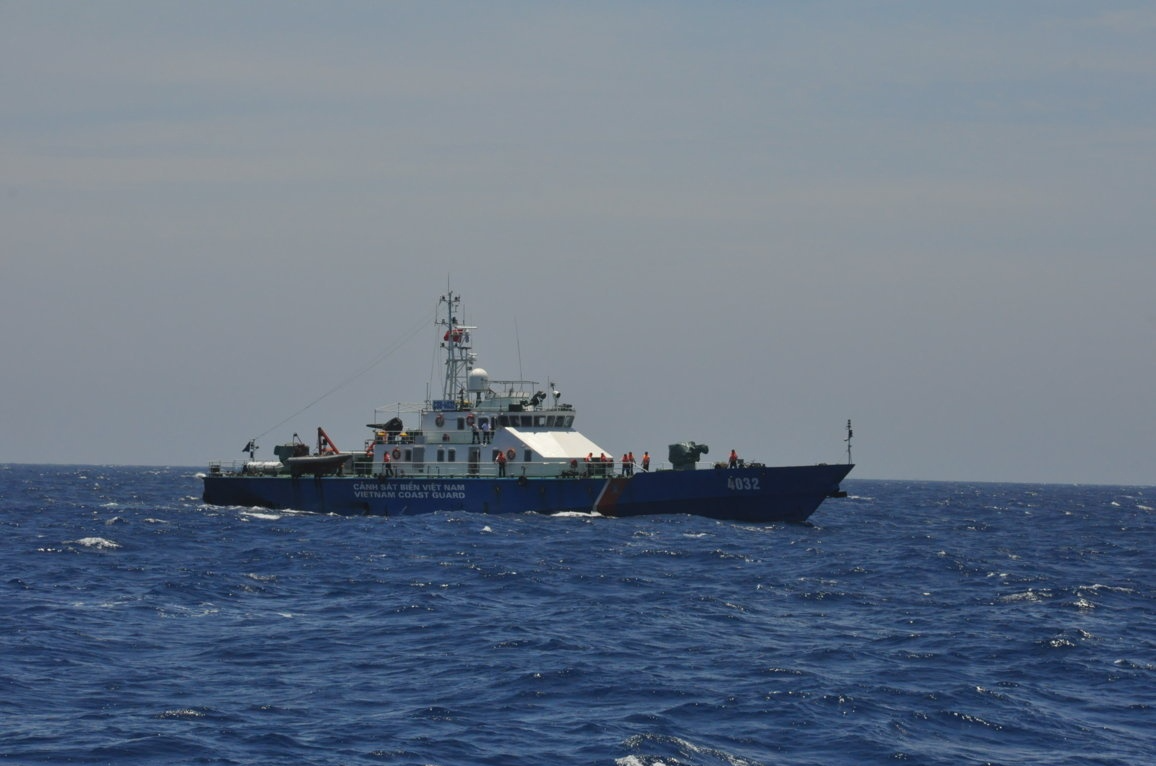
On August 29, in a move that could affect the freedom of navigation of military and commercial ships in the South China Sea, Chinese officials said they would require ships to “report information” when passes through what China considers its “territorial waters” starting on September 1, 2021.
While it remains unclear whether China plans to enforce this new regulation and how and where to enforce it, the China Maritime Safety Administration still announced that “operators of submersibles, nuclear ships, ships carrying radioactive materials and ships carrying oil, chemicals, liquefied petroleum gas and other hazardous substances must report detailed information when entering Chinese territorial waters.”
According to the notice, in addition to the above ships, any ship deemed “dangerous to China’s maritime traffic safety” will also have to report information, including name, sign, current position, next port of destination and estimated time of arrival. Vessels will also be required to provide cargo and net tonnage information. The notice said: “After entering China’s territorial sea, if the automatic identification system of the ship is working well, there is no need to report it. However, if the automatic identification system is not working properly, such ship must report every two hours until it leaves China’s territorial waters.”
The Chinese press noted that the China Maritime Safety Administration “has the right to expel or refuse to allow a ship to enter China’s waters if it is deemed to be a threat to China’s national security.”
On the personal Facebook of researcher Pham Thang Nam, there is information that four Chinese survey or research vessels (disguised) have repeatedly violated Vietnam’s waters in August.
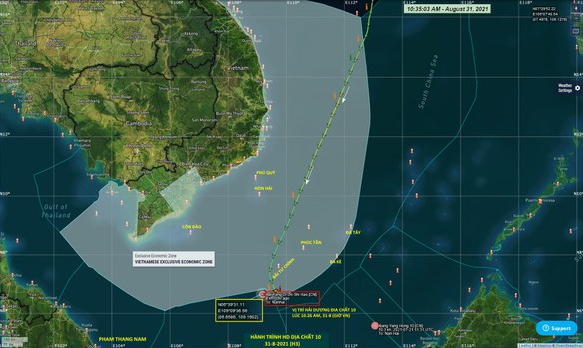
Earlier this year, when China passed the Law of Coast Guard and used many fishing boats to encircle Whitsun Reef, researchers saw this as an indication that China will continue to increase its application of “gray zone strategy” in the South China Sea in the near future.
Since 2009, China has increasingly increased its aggressive actions in the South China Sea. China’s biggest goal is still monopolizing the sea. However, in order to avoid attacks from the US and the international community, China has used “gray zone tactics” to still achieve its goals without being considered “forcible invasion.”
In particular, the US and Southeast Asian countries that have disputes with China in the South China Sea are having difficulty dealing with Beijing’s “gray zone” tactics.
Political, legal, and diplomatic issues have limited the ability of the US Navy and Coast Guard vessels to respond to these Chinese tactics. The Southeast Asian countries with claims to sovereignty hardly have enough maritime forces to counter these tactics. Regional organizations like ASEAN will almost certainly never be able to deal with China’s use of armed fishing fleets in the South China Sea because some ASEAN members are “friendly” to Beijing.
Strategy to respond to gray zone tactics
As a country much smaller than China, Vietnam’s maritime potential can hardly be compared with China’s. Therefore, in order to protect its maritime interests against China’s gray zone tactics, Vietnam needs to use an integrated approach both diplomatically, legally and on the ground.
In the event of the rig in 2014, Vietnam successfully applied the following measures: On the one hand, Vietnam maintained its coast guard force fiercely clinging to the rig, not allowing acts such as exploratory drilling at the rig here, but also does not create an excuse for China to be able to use its Navy to threaten as they did with the Philippines during the 2012 Scarborough Incident. On the other hand, Vietnam invites all international press to come out to the field so that they can spread information widely around the world, and at the same time, Vietnam actively demands a voice from the world community. As a result, Vietnam has maintained its waters against the threat of invasion by China’s “gray zone strategy” in 2014.
Therefore, Vietnam’s upcoming strategy in combating the “gray zone strategy,” which is:
In terms of diplomacy, Vietnam needs to continue to clearly show its active role in ASEAN to promote the Code of Conducts in the South China Sea (COC) negotiation process, towards an effective and substantive COC in compliance with international law. The COC must be legally binding, which should clearly state that countries are not allowed to build artificial islands; not militarize entities; do not block ships carrying supplies or rotate personnel; not establish an air defense identification zone (ADIZ); does not threaten to use force when settling disputes in the South China Sea.
At the same time, Vietnam needs to strengthen cooperation with major powers in the region and the world, especially in the field of sharing intelligence, providing means and equipment to protect sovereignty over seas and islands. Naval forces should expand their participation in international exercises (RIMPAC) for deeper integration as well as building partner networks in the region.
Specifically, Vietnam needs to increase visits and joint exercises with warships of the US, Russia, India, Canada, Japan… in its sea area.
In addition, Vietnam needs to take advantage of international and regional forums to fight to protect its maritime interests, analyze clearly the intentions of the “gray zone tactics,” and clarify the dangers of the Law on Coast Guard.
Legally, although Vietnam has always advocated an agreement to settle disputes at sea by peaceful means, but in peaceful measures there are measures to sue China, the International Court of Justice like the Philippines did. This is also an important measure that makes China somewhat falter.
The functional forces, especially the navy, air force, coast guard, fishery control and maritime militia need to invest more resources to modernize equipment. For example, to deal with “gray zone tactics” and Chinese coast guard ships, Vietnam needs to build and purchase larger and more modernly equipped coast guard ships and fishing boats. At the same time, forces must always be prepared to avoid passive and unexpected happenings in the sea.
Vietnam should always maintain the presence of peaceful labor forces at sea, to firmly assert its sovereignty. Law enforcement forces are always ready to support and protect fishermen when necessary.
In the long term, the most solid strategy to protect the sovereignty of the sea and islands is to develop into a country with a rich and powerful marine economy, with powerful commercial and military fleets.
Thoibao.de (Translated)





